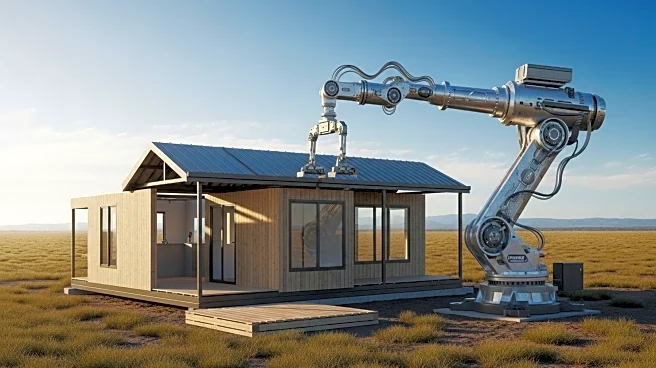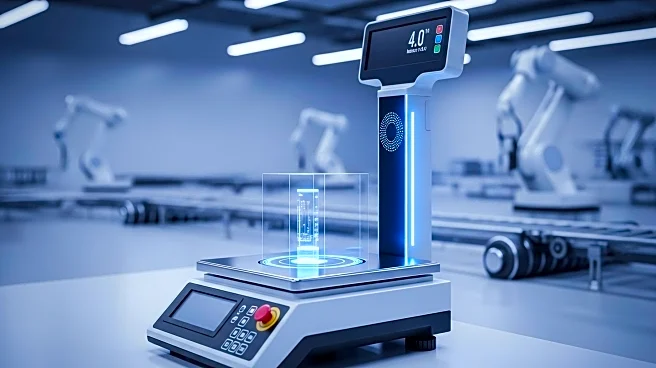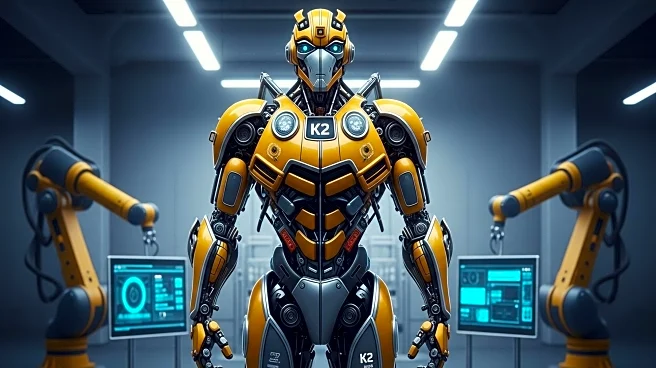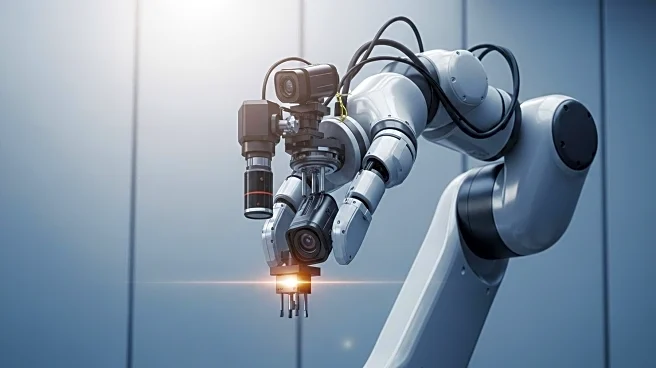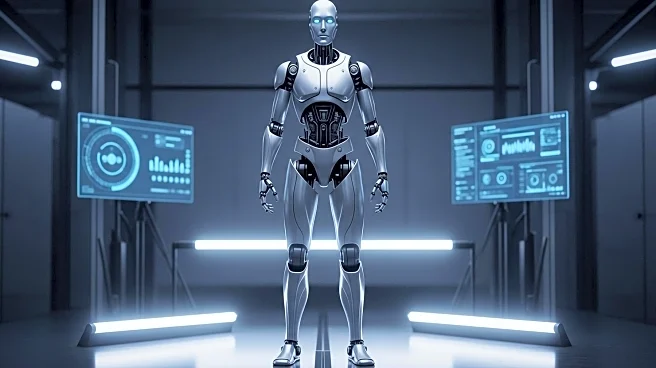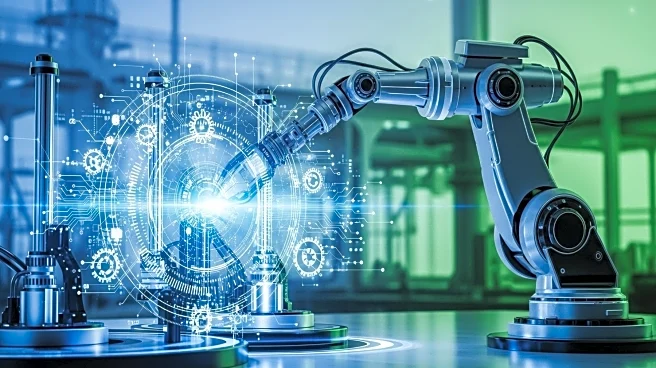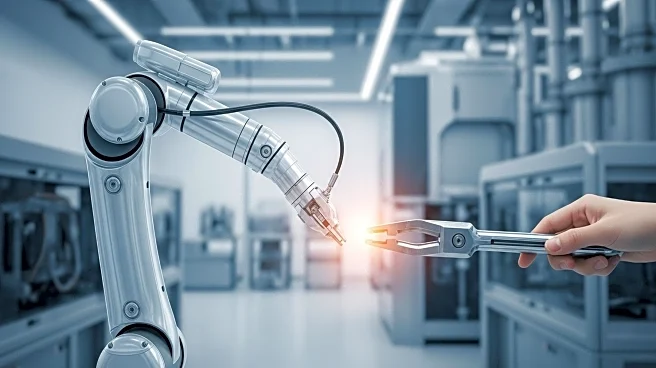What's Happening?
The Australian electrical trade is undergoing significant transformation with the integration of robotics and automation into traditional practices. Level 1 electricians, responsible for constructing and maintaining the country's power infrastructure, are now required to adapt to robo-assisted tools that enhance safety and efficiency. These tools include drones equipped with thermal cameras for overhead inspections and robotic cable pullers for underground work. The shift from manual labor to automated systems is redefining the role of electricians, who must now also act as system integrators and data interpreters. This evolution is driven by the need to reduce human exposure to high-risk environments and speed up project timelines.
Why It's Important?
The integration of robotics into electrical work is crucial for improving safety standards and operational efficiency in the industry. By reducing the physical risks associated with traditional electrical tasks, such as electrocution and falls, robo-assisted tools offer a safer working environment. Additionally, these technologies enable faster project completion, which is vital for maintaining and upgrading Australia's energy infrastructure. Electricians who embrace these changes will be better equipped to handle the complexities of modern energy networks, including distributed energy resources like solar and wind. This shift not only enhances the skill set of electricians but also positions them at the forefront of technological advancements in the industry.
What's Next?
As the electrical trade continues to evolve, training programs are incorporating modules on robotics, AI basics, and digital twin simulation to prepare electricians for the future. Continuous learning and upskilling are becoming essential for electricians to remain relevant in an industry increasingly shaped by automation. The hybrid workforce of tomorrow will need to manage projects that combine manual labor with robotics deployment and system integration. Electricians who adapt to these changes will play a critical role in powering Australia's energy networks with greater resilience and efficiency.
Beyond the Headlines
The adoption of robo-assisted tools in the electrical trade raises important considerations regarding safety and compliance. Electricians must now account for new hazards linked to automated systems, such as unexpected movements from robotic arms and sensor misreads. Compliance with evolving Australian standards requires electricians to assess the integrated safety of robotic systems working alongside humans. Furthermore, cybersecurity measures are necessary to protect connected robotic systems from interference. These developments highlight the need for electricians to adopt new safety frameworks and ensure the secure operation of robo-assisted tools.


